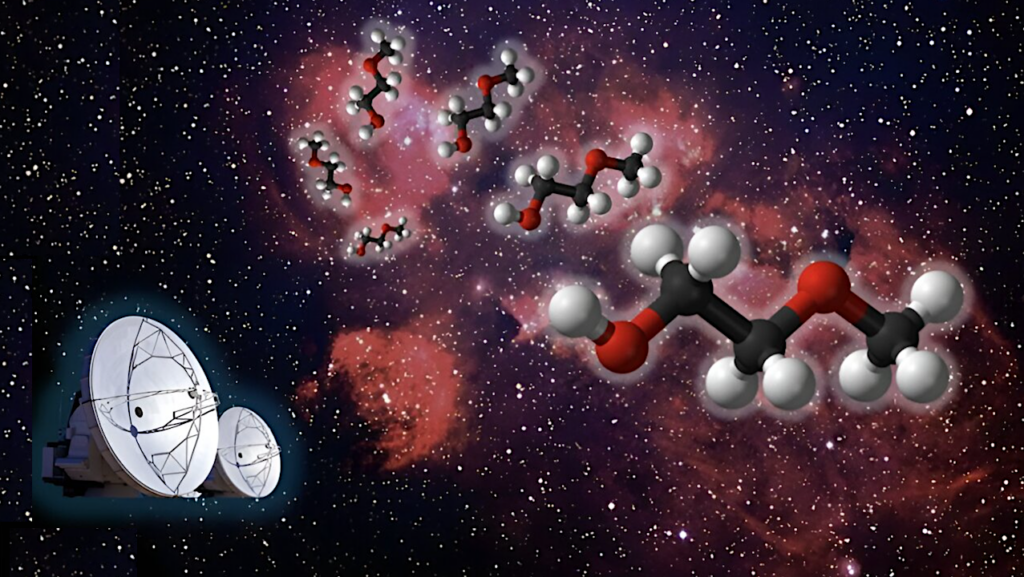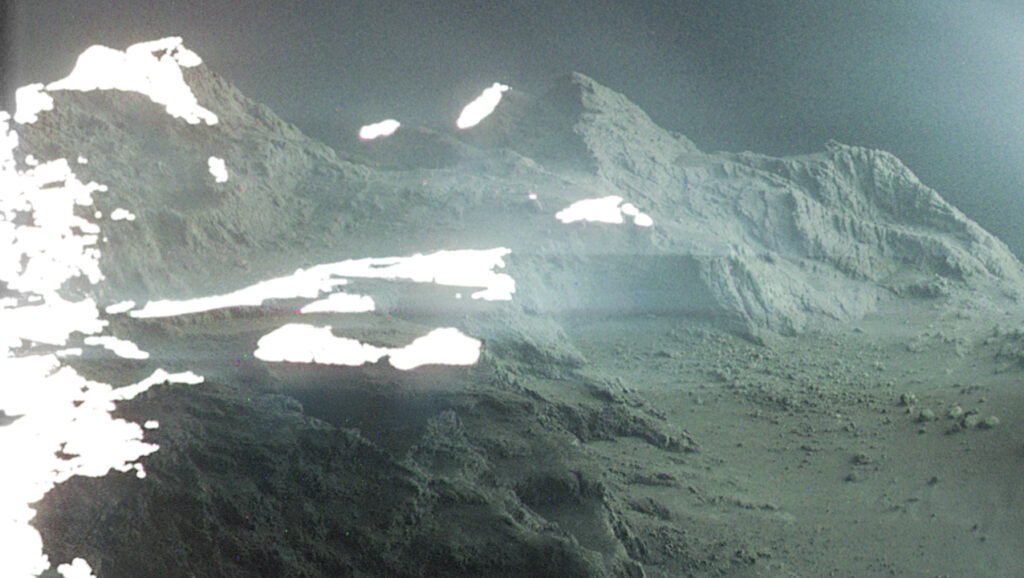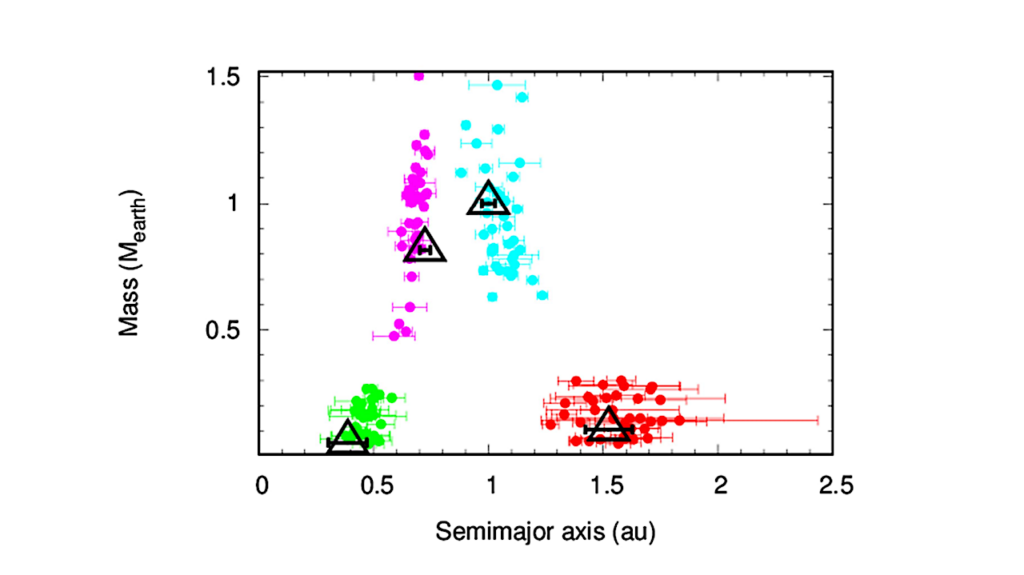Sulfur-bearing Molecules In Orion KL

We present an observational study of the sulfur (S)-bearing species towards Orion KL at 1.3 mm by combining ALMA and IRAM-30m single-dish data.
At a linear resolution of ∼800 au and a velocity resolution of 1 kms−1, we have identified 79 molecular lines from 6 S-bearing species. In these S-bearing species, we found a clear dichotomy between carbon-sulfur compounds and carbon-free S-bearing species in various characteristics, e.g., line profiles, spatial morphology, and molecular abundances with respect to H2. Lines from the carbon-sulfur compounds (i.e., OCS, 13CS, H2CS) exhibit spatial distributions concentrated around the continuum peaks and extended to the south ridge. The full width at half maximum (FWHM) linewidth of these molecular lines is in the range of 2 ∼ 11 kms−1.
The molecular abundances of OCS and H2CS decrease slightly from the cold (∼68 K) to the hot (∼176 K) regions. In contrast, lines from the carbon-free S-bearing species (i.e., SO2, 34SO, H2S) are spatially more extended to the northeast of mm4, exhibiting broader FWHM linewidths (15 ∼ 26 kms−1). The molecular abundances of carbon-free S-bearing species increase by over an order of magnitude as the temperature increase from 50 K to 100 K. In particular, 34SO/34SO2 and OCS/SO2 are enhanced from the warmer regions (>100 K) to the colder regions (∼50 K). Such enhancements are consistent with the transformation of SO2 at warmer regions and the influence of shocks.
Gan Luo, Siyi Feng, Di Li, Sheng-Li Qin, Yaping Peng, Ningyu Tang, Zhiyuan Ren, Hui Shi
(Submitted on 4 Oct 2019)
Subjects: Solar and Stellar Astrophysics (astro-ph.SR); Astrophysics of Galaxies (astro-ph.GA)
Cite as: arXiv:1910.01779 [astro-ph.SR] (or arXiv:1910.01779v1 [astro-ph.SR] for this version)
Submission history
From: Gan Luo
[v1] Fri, 4 Oct 2019 01:52:13 UTC (2,076 KB)
https://arxiv.org/abs/1910.01779
Astrobiology, Astrochemistry








